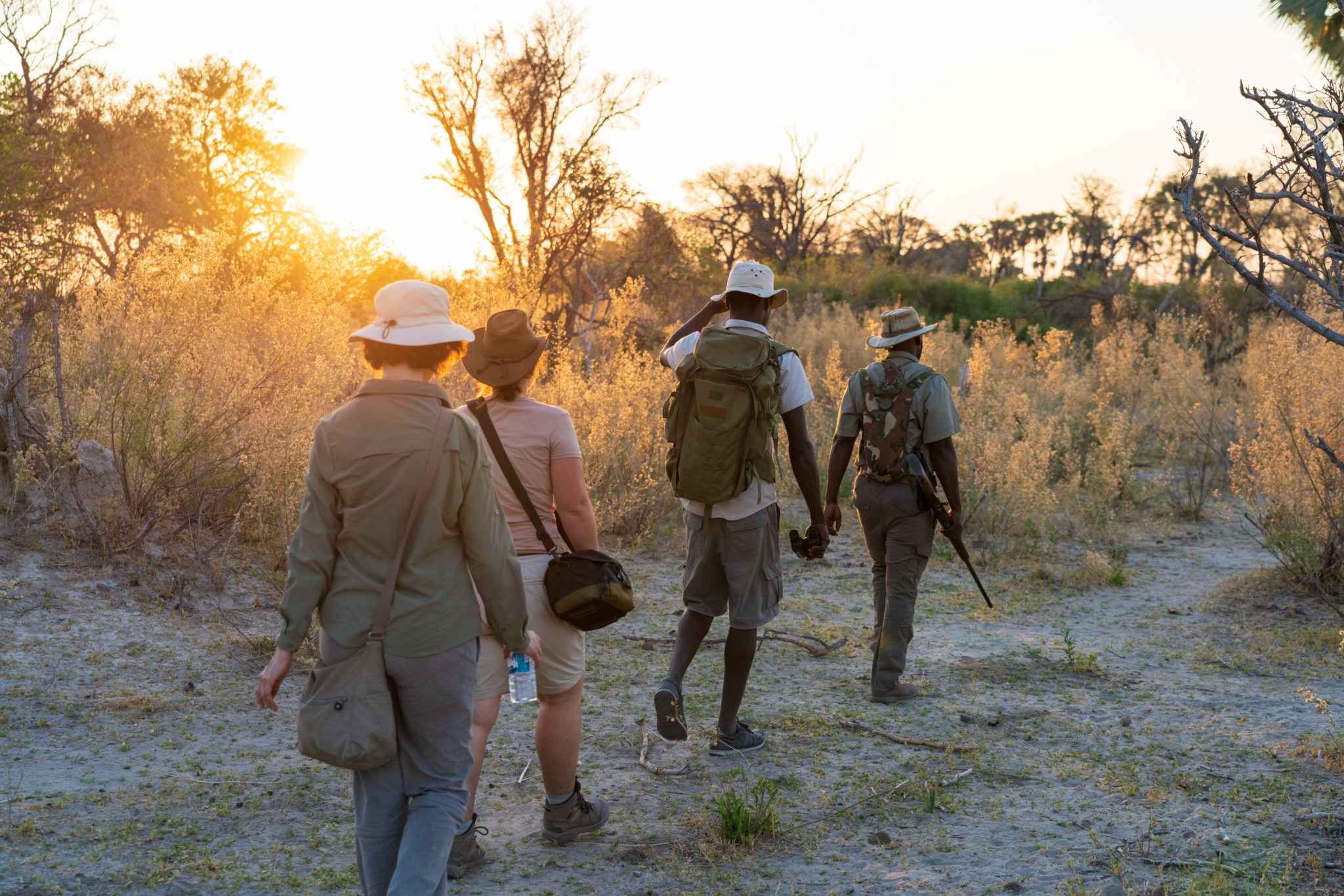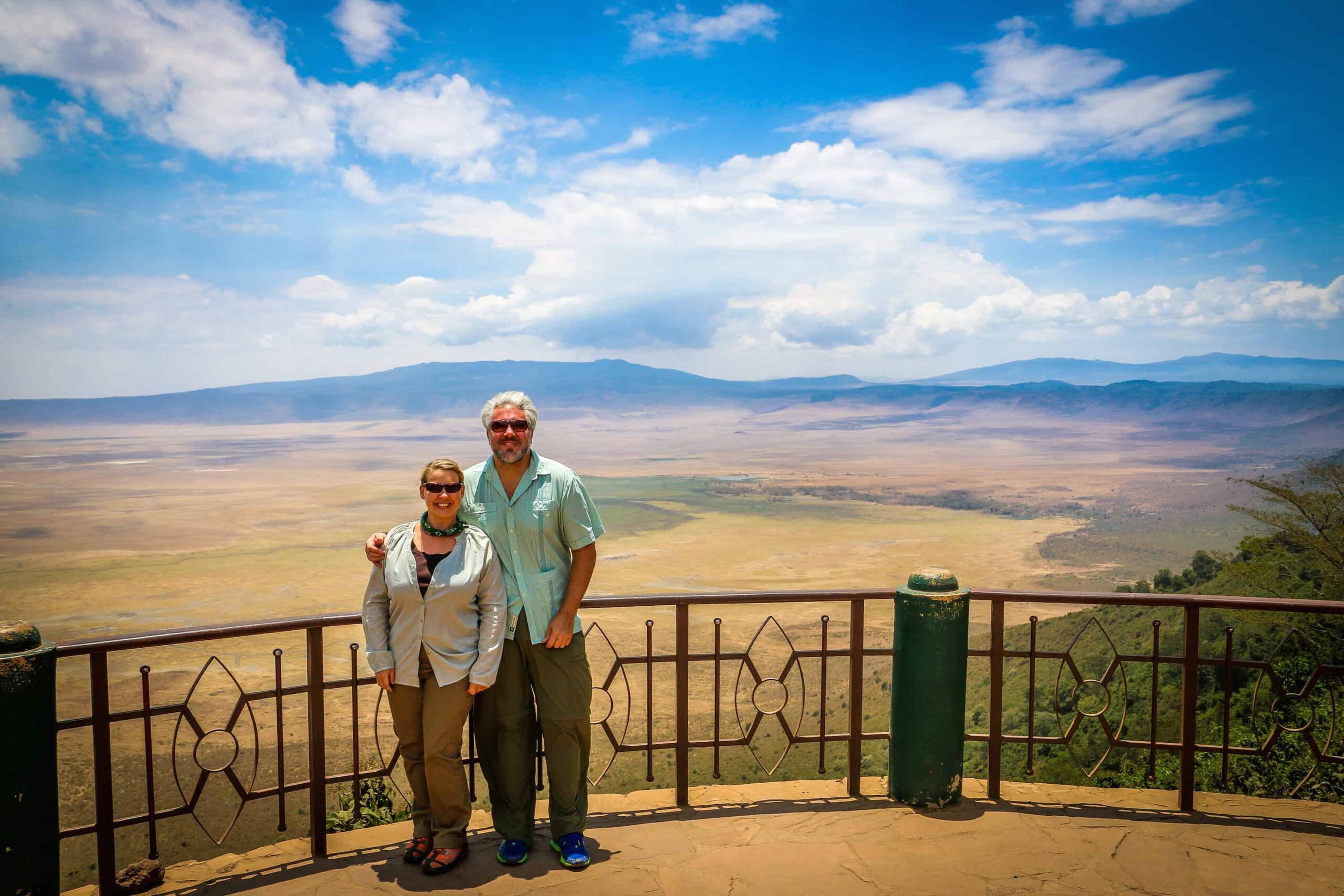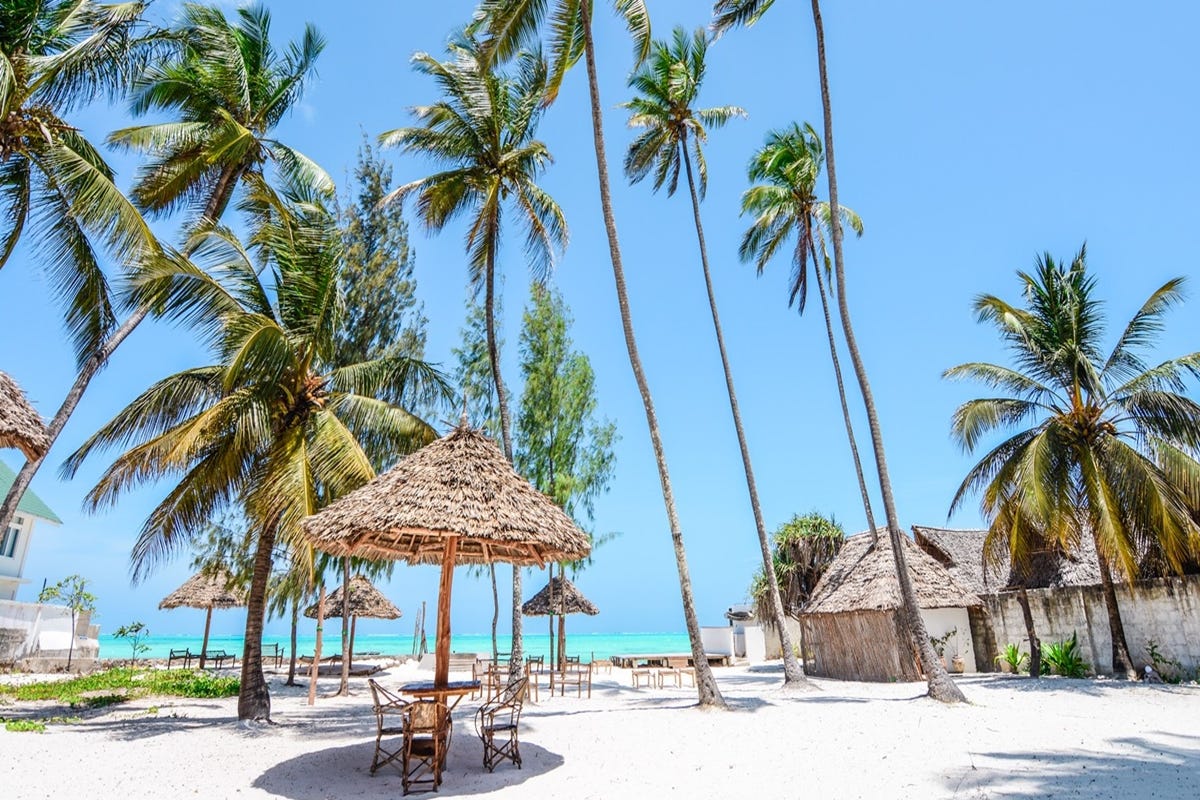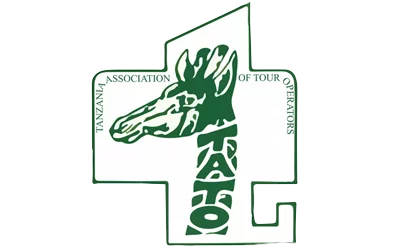Introduction
Embarking on a Kilimanjaro climb is an exhilarating adventure, and understanding the significance of acclimatization is pivotal for a successful summit. This guide illuminates the crucial aspect of acclimatization, providing insights, strategies, and vital information for an enriching experience.
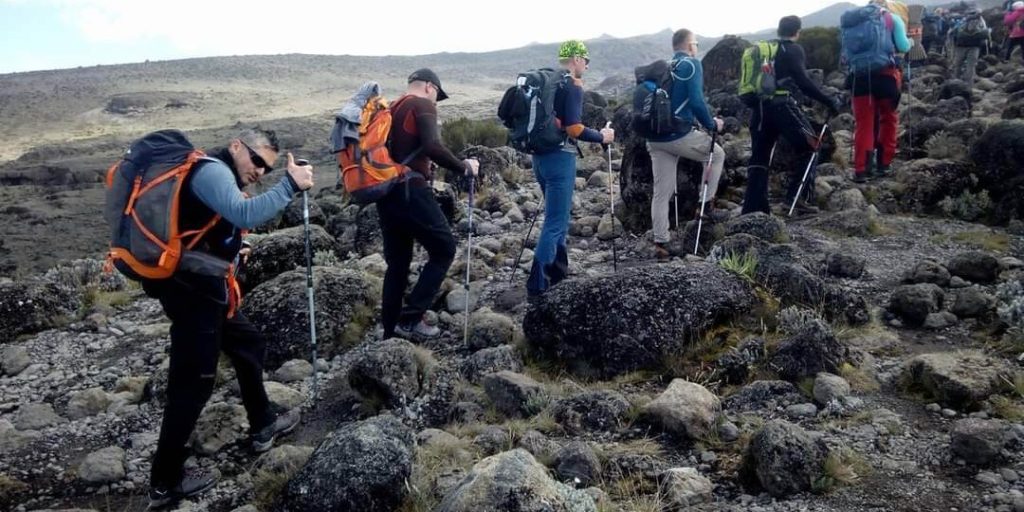
Understanding Acclimatization
What is Acclimatization?
Acclimatization on Kilimanjaro climb refers to the process where your body adjusts to the decreasing oxygen levels as you ascend. This physiological adaptation is vital to prevent altitude-related illnesses, ensuring a safe and enjoyable climb.
Why is Acclimatization Important?
The significance of acclimatization on Kilimanjaro climb cannot be overstated. Proper acclimatization minimizes the risk of altitude sickness, allowing your body to adapt gradually to the changing conditions, enhancing your chances of reaching the summit.
Essential Strategies for Acclimatization
Gradual Ascent
Ascending gradually is key to effective acclimatization. Opt for routes that offer gradual elevation gain, allowing your body ample time to adjust to the altitude.
Hydration and Nutrition
Maintaining adequate hydration and nutrition is crucial. Drink plenty of water, avoid alcohol, and consume a balanced diet rich in carbohydrates to fuel your body for the demanding climb.
Rest and Recovery
Prioritize rest and recovery periods during the ascent. Adequate sleep and regular breaks help your body adapt to the altitude more effectively.
Altitude-related Challenges
Recognizing Altitude Sickness
Understanding the symptoms of altitude sickness is imperative. Headaches, nausea, dizziness, and fatigue are common signs. If experiencing these, descend immediately and seek medical attention.
High Altitude Pulmonary Edema (HAPE) and High Altitude Cerebral Edema (HACE)
HAPE and HACE are severe altitude-related conditions. Recognizing symptoms like shortness of breath, confusion, and loss of coordination is vital. Immediate descent is crucial, and medical attention must be sought promptly.
First-Hand Experience Insights
Personal Journey Highlights
During my climb, acclimatization played a pivotal role. Taking it slow, staying hydrated, and listening to my body were fundamental in reaching the summit safely.
FAQs on Acclimatization on Kilimanjaro Climb
- How long does acclimatization take? Acclimatization varies for each individual but typically takes 5-7 days on Kilimanjaro.
- Can I prevent altitude sickness completely? While you can’t eliminate the risk entirely, proper acclimatization significantly reduces the chances of altitude sickness.
- Is medication necessary for acclimatization? Medication might help manage symptoms, but acclimatization is primarily achieved through gradual ascent and proper care.
- What’s the best way to train for acclimatization? Engage in cardiovascular exercises and simulate high altitudes through altitude training if possible.
- Should I continue ascending if experiencing symptoms of altitude sickness? Descend immediately if experiencing symptoms. Ignoring them can lead to severe complications.
- How can I differentiate between normal fatigue and altitude-related fatigue? Altitude-related fatigue often accompanies other symptoms like headache and nausea. Listen to your body and rest if uncertain.
Conclusion
Mastering acclimatization on Kilimanjaro climb is pivotal for a successful ascent. By understanding its significance, implementing essential strategies, and prioritizing safety, you ensure a memorable and safe journey to the summit.
You can book your Kilimanjaro trek by filling the form below and submit your request. Our tour consultant will get back to you shortly with a Kilimanjaro quote proposal. Also see what other customers say about Safari Nuggets on TripAdvisor. Read our Kilimanjaro FAQs.

